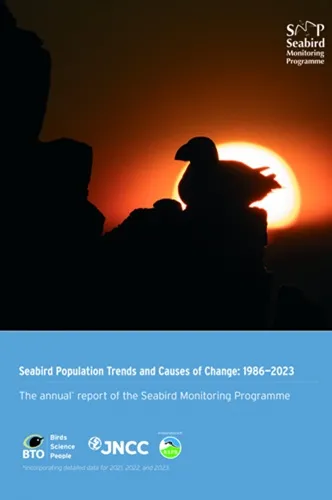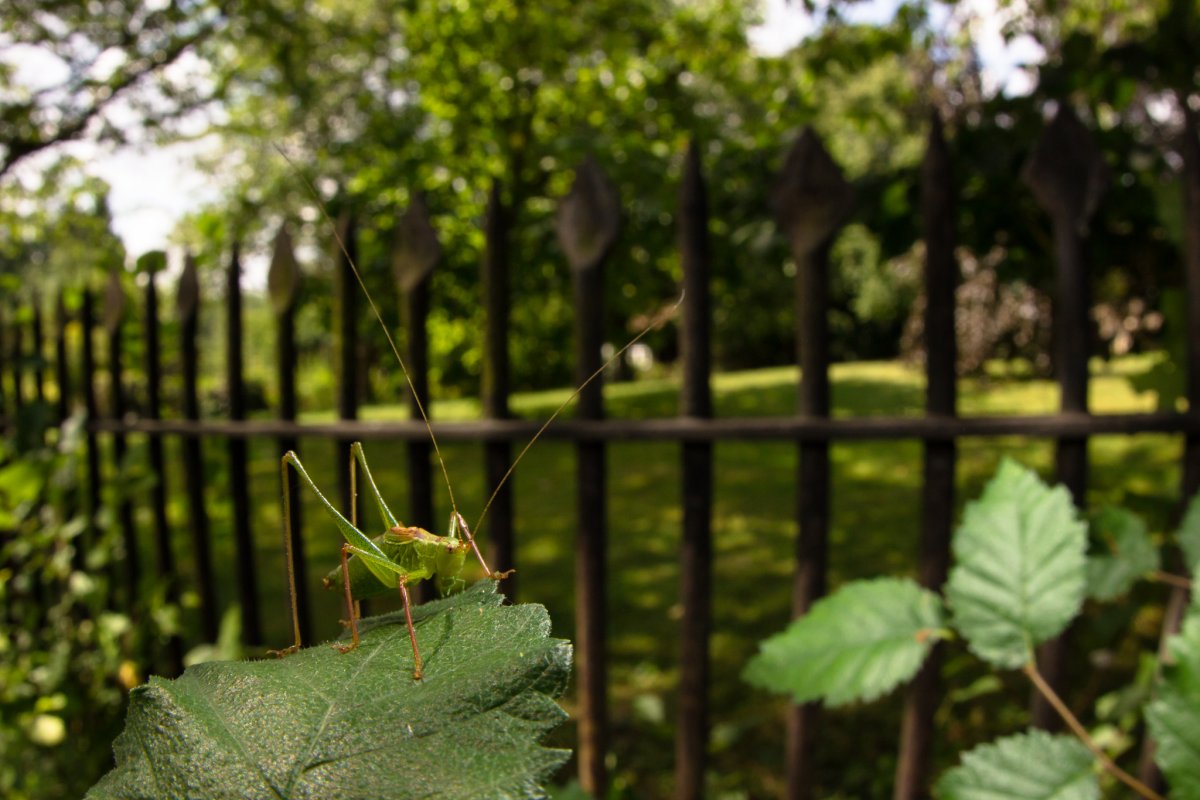BTO create and publish a variety of important articles, papers, journals and other publications, independently and with our partners, for organisations, government and the private sector. Some of our publications (books, guides and atlases) are also available to buy in our online shop.
Annual report of the Seabird Monitoring Programme
Seabird Population Trends and Causes of Change: 1986–2023
This report presents the latest seabird population trends in breeding abundance and productivity using data from the Seabird Monitoring Programme (SMP).
The report documents changes in the abundance and productivity of breeding seabird species in Britain and Ireland from 1986 to 2023, and provides a detailed account of the 2021, 2022 and 2023 breeding seasons.

Search settings
Beyond birds: working across other taxa
Author:
Published: 2017
One of the great strengths of the BTO is its volunteer networks, and the organisation’s expertise in working with and supporting volunteers delivers valuable monitoring outputs across a broad range of taxa, from deer and butterflies through to bats and bush-crickets. Many of those interested in birds and birdwatching are also interested in other wildlife, and the BTO recognises the contribution that its volunteers can make to our knowledge of habitats and wildlife.This note outlines recent BTO research, monitoring and partnership working involving other taxa.
06.02.17
Books and guides Research note
Providing Data for Rapid Condition Assessment of Non-Breeding Waterbird SPAs in England: Phase II
Author: Graham E. Austin, Teresa M. Frost and Kathryn Ross
Published: 2017
This report explores means by which a standardised trend analysis of data from the Wetland Bird Survey (WeBS) can aid rapid assessment of condition for non-breeding waterbird SPAs in England.For supporting material please contact Natural England.
31.01.17
Reports
Potential for coupling the monitoring of bush-crickets with established large-scale acoustic monitoring of bats
Author: Newson, S. E., Bas, Y., Murray, A. & Gillings, S.
Published: 2017
Bush-crickets are a little-known group of insects that inhabit our marshes, grasslands, woods, parks and gardens. Some may be seen in the summer when they are attracted to artificial lights, but as most produce noises that are on the edge of human hearing, we know little about their status. There are suggestions that some bush-crickets may be benefiting from climate change, while others may be affected by habitat changes. But how to survey something that is difficult to see and almost impossible to hear?
27.01.17
Papers

Neglected issues in using weather and climate information in ecology and biogeography
Author: Baker, D. J., Hartley, A. J., Pearce-Higgins, J. W., Jones, R. G., & Willis, S. G.
Published: 2017
19.01.17
Papers
Doses of neighborhood nature: the benefits for mental health of living with nature
Author: Cox, D.T.C., Shanahan, D.F., Hudson, H.L., Plummer, K.E., Siriwardena, G.M., Fuller, R.A., Anderson, K., Hancock, S. & Gaston, K.J.
Published: 2017
Experiences of nature provide many mental-health benefits, particularly for people living in urban areas. The natural characteristics of city residents’ neighborhoods are likely to be crucial determinants of the daily nature dose that they receive; however, which characteristics are important remains unclear. One possibility is that the greatest benefits are provided by characteristics that are most visible during the day and so most likely to be experienced by people. We demonstrate that of five neighborhood nature characteristics tested, vegetation cover and afternoon bird abundances were positively associated with a lower prevalence of depression, anxiety, and stress. Furthermore, dose–response modeling shows a threshold response at which the population prevalence of mental-health issues is significantly lower beyond minimum limits of neighborhood vegetation cover (depression more than 20% cover, anxiety more than 30% cover, stress more than 20% cover). Our findings demonstrate quantifiable associations of mental health with the characteristics of nearby nature that people actually experience.
13.01.17
Papers
